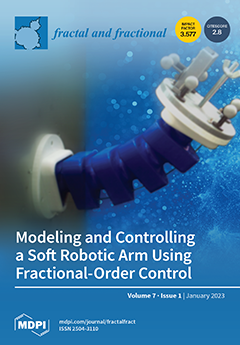A major problem in power systems is achieving a match between the load demand and generation demand, where security, dependability, and quality are critical factors that need to be provided to power producers. This paper proposes a proportional–integral–derivative (PID) controller that is optimally
[...] Read more.
A major problem in power systems is achieving a match between the load demand and generation demand, where security, dependability, and quality are critical factors that need to be provided to power producers. This paper proposes a proportional–integral–derivative (PID) controller that is optimally designed using a novel artificial rabbits algorithm (ARA) for load frequency control (LFC) in multi-area power systems (MAPSs) of two-area non-reheat thermal systems. The PID controller incorporates a filter with such a derivative coefficient to reduce the effects of the accompanied noise. In this regard, single objective function is assessed based on time-domain simulation to minimize the integral time-multiplied absolute error (ITAE). The proposed ARA adjusts the PID settings to their best potential considering three dissimilar test cases with different sets of disturbances, and the results from the designed PID controller based on the ARA are compared with various published techniques, including particle swarm optimization (PSO), differential evolution (DE), JAYA optimizer, and self-adaptive multi-population elitist (SAMPE) JAYA. The comparisons show that the PID controller’s design, which is based on the ARA, handles the load frequency regulation in MAPSs for the ITAE minimizations with significant effectiveness and success where the statistical analysis confirms its superiority. Considering the load change in area 1, the proposed ARA can acquire significant percentage improvements in the ITAE values of 1.949%, 3.455%, 2.077% and 1.949%, respectively, with regard to PSO, DE, JAYA and SAMPE-JAYA. Considering the load change in area 2, the proposed ARA can acquire significant percentage improvements in the ITAE values of 7.587%, 8.038%, 3.322% and 2.066%, respectively, with regard to PSO, DE, JAYA and SAMPE-JAYA. Considering simultaneous load changes in areas 1 and 2, the proposed ARA can acquire significant improvements in the ITAE values of 60.89%, 38.13%, 55.29% and 17.97%, respectively, with regard to PSO, DE, JAYA and SAMPE-JAYA.
Full article





